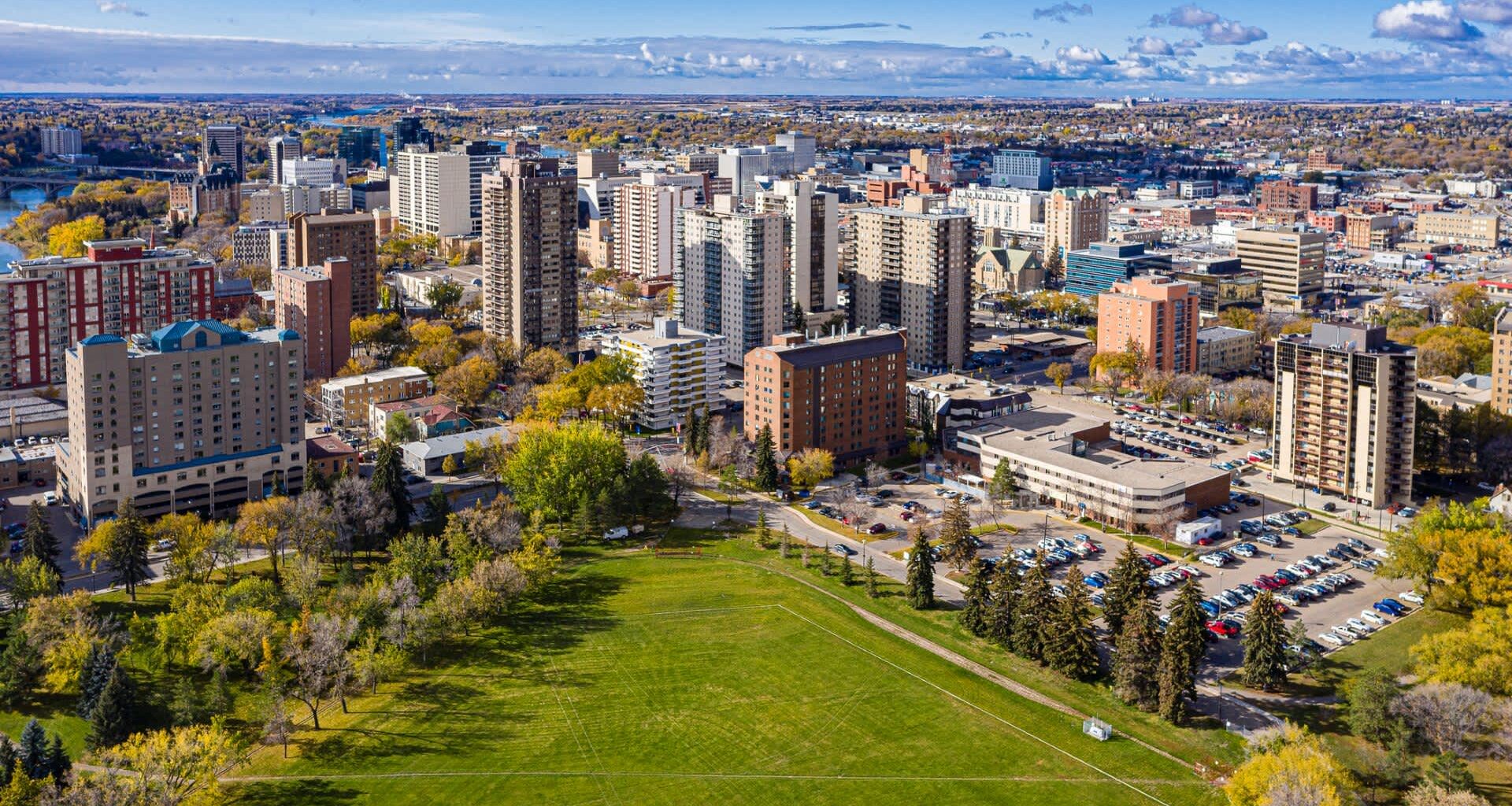Canadian wildlife has found a home in the heart of Saskatoon, Saskatchewan, the province’s biggest city, according to CKOM.
What’s happening?
CKOM spoke with Dr. Ryan Brook, a professor of animal science, about the growing moose population. “They’re not just passing through; we’re seeing moose reproducing inside the boundary of the city of Saskatoon,” he said.
His team of researchers doesn’t just operate on the city’s fringes, either. They set up cameras throughout the city and found moose activity near train yards and highways.
They’ve also picked up on frequent coyote activity and compiled years’ worth of data on Saskatoon’s coyotes, though Brook told CKOM that the local government hasn’t done much with the info.
Why do growing urban wildlife populations matter?
This boom in moose and coyote populations could spell bad news for city residents and animals alike.
While some species can adapt to urban environments, moose are unfortunately not one of them. They’ve been known to get trapped in yards, knocking down fences and walls.
Want to go solar but not sure who to trust? EnergySage has your back with free and transparent quotes from fully vetted providers that can help you save as much as $10k on installation.
To get started, just answer a few questions about your home — no phone number required. Within a day or two, EnergySage will email you the best local options for your needs, and their expert advisers can help you compare quotes and pick a winner.
The problem with coyotes is a bit different. Their versatility has helped them thrive in urban environments across North America, according to Live Science. However, they can become accustomed to human interaction, which puts both humans and coyotes in danger.
Animals that lose their fear of humans are more likely to get into altercations, often resulting in euthanasia, according to the BBC.
This all stems from habitat fragmentation. As more land gets developed, more wildlife lose their homes and are forced to compete with humans for shrinking resources. Saskatoon isn’t the first city this has happened to, and it won’t be the last.
What’s being done about it?
Unfortunately, not much. Brook told CKOM that Saskatoon’s city government has expressed little interest in doing anything about the growing moose population.
Since coyotes are more well-established in the city, there are more laws regarding them, such as a feeding ban. However, Brook said that there’s more work to do.
“A lot of decisions are being made right now about coyotes without any data in hand, and I have a real problem with that,” he told CKOM. “We’re hoping someone wants to listen.” He suggested more thorough garbage management as a way to limit human-animal interaction.
If you’d like to help on an individual level, consider donating to climate causes that are dedicated to aiding wildlife.
Join our free newsletter for good news and useful tips, and don’t miss this cool list of easy ways to help yourself while helping the planet.


